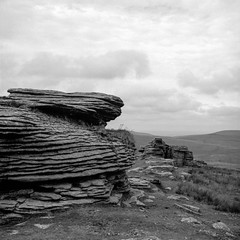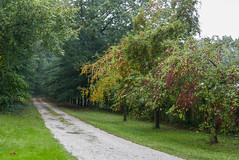let’s dish
solecism
It’s a big ol’ goofy world, as the poet Prine once observed. He was right in every regard. It’s big, it’s old, and it’s most certainly goofy.
Think about this: the surface area of Earth covers about 197 million square miles. Most of that’s water, of course. Even so, the land surface is around 57,500,000 square miles. That’s still pretty big. And because the Earth is three dimensional and pretty much roundish, the sun can’t shine on the entire big ol’ goofy thing at the same time. So what you have is a little less than half of the Earth receiving direct sunlight at any given moment. You might think it would shine on half of the Earth, but those bits around the edges? Twilight, dude. So let’s say sunlight has the potential to shine on maybe 25 million square miles at any point in time. Still a big slice of territory.
However, figure clouds will obscure a sizable chunk of that direct sunlight, reducing the size of the patch of land getting sunshine. Now add in all manner of things cluttering up the planet’s surface, things that disrupt light — buildings, trees, mountains, billboards, bridges, tall people, coke machines, umbrellas, dirigibles, golden arches, etc. When you think about it, it’s a wonder any sunlight ever strikes the Earth at all.
So we’ve got a really massive plot of land, and we’ve got billions of solid objects interrupting the sunlight. That makes the odds of a random bit of sunlight noodling in through one specific window of one specific building and illuminating one specific yellow bowl somewhere in that 25 million square miles — well, those odds are pretty damned high. And the odds that it would happen to illuminate a yellow bowl on a dish drainer in the kitchen of a woman skilled in the Way of the Camera? Dude.
But look — there it is. Sunlight, meet Yellow Bowl. Right there, proof that Prine was right. It’s a big ol’ goofy world, no mistake, and ain’t it great?
Blog photograph copyrighted to the photographer and used with permission by utata.org. All photographs used on utata.org are stored on flickr.com and are obtained via the flickr API. Text is copyrighted to the author, greg fallis and is used with permission by utata.org. Please see Show and Share Your Work








